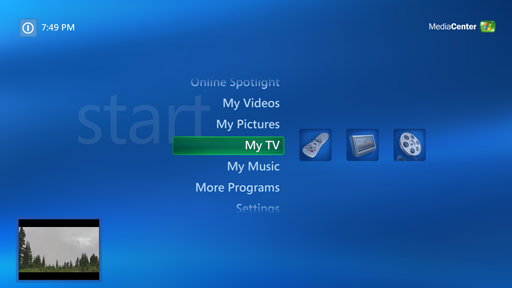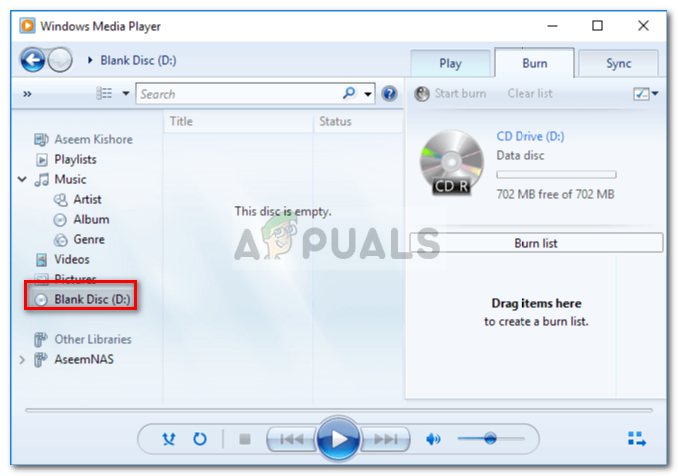-->
That's why a lot of people like to use the Windows Media Player 11 when they're viewing file types from a few years ago. For example, this is a good app to use to view AVI files. A lot of users enjoy being able to make their library using the media player and change the names of the files within the library. With the release of Windows 10, Microsoft made the decision to discontinue support for Windows Media Center. It even got uninstalled while upgrading to Windows 10. While there are alternatives to this software, there is an unofficial workaround that this article will explain.

Windows Media Player 10 free download - Windows 10, Windows Media Player (64-bit), Windows Media Player 12, and many more programs.
Definition
Note
MediaControl may be altered or unavailable for releases after Windows 8.1. Instead, use SystemMediaTransportControls.
Describes the object that applications register with, to receive media focus and transport control notifications.

Windows 10 requirements

Windows Media Player 11
| Device family | Windows Desktop Extension SDK (introduced in 10.0.10240.0) Xbox One Extensions for the UWP (introduced in 10.0.10586.0) |
| API contract | Windows.Media.MediaControlContract (introduced in v1.0) |
Remarks

The MediaControl class provides access to button press events. These events can be monitored, and can modify the response and behavior of an audio-aware app.
Properties
| AlbumArt | Note MediaControl may be altered or unavailable for releases after Windows 8.1. Instead, use SystemMediaTransportControls. Gets or sets the path to the artwork for the album cover. |
| ArtistName | Note MediaControl may be altered or unavailable for releases after Windows 8.1. Instead, use SystemMediaTransportControls. Gets or sets the name of the artist. |
| IsPlaying | Note MediaControl may be altered or unavailable for releases after Windows 8.1. Instead, use SystemMediaTransportControls. Gets or sets the state of the Play button. |
| SoundLevel | Note MediaControl may be altered or unavailable for releases after Windows 8.1. Instead, use SystemMediaTransportControls. Gets the current sound level. |
| TrackName | Note MediaControl may be altered or unavailable for releases after Windows 8.1. Instead, use SystemMediaTransportControls. Gets or sets the track name. |
Events

| ChannelDownPressed | Note MediaControl may be altered or unavailable for releases after Windows 8.1. Instead, use SystemMediaTransportControls. Event raised when a ChannelDown command is issued to the application. |
| ChannelUpPressed | Note MediaControl may be altered or unavailable for releases after Windows 8.1. Instead, use SystemMediaTransportControls. Event raised when a ChannelUp command is issued to the application. |
| FastForwardPressed | Note MediaControl may be altered or unavailable for releases after Windows 8.1. Instead, use SystemMediaTransportControls. Event raised when a FastForward command is issued to the application. |
| NextTrackPressed | Note MediaControl may be altered or unavailable for releases after Windows 8.1. Instead, use SystemMediaTransportControls. Event raised when a NextTrack command is issued to the application. |
| PausePressed | Note MediaControl may be altered or unavailable for releases after Windows 8.1. Instead, use SystemMediaTransportControls. Event raised when a Pause command is issued to the application. |
| PlayPauseTogglePressed | Note MediaControl may be altered or unavailable for releases after Windows 8.1. Instead, use SystemMediaTransportControls. Event raised when a PlayPauseToggle command is issued to the application. |
| PlayPressed | Note MediaControl may be altered or unavailable for releases after Windows 8.1. Instead, use SystemMediaTransportControls. Event raised when a Play command is issued to the application. |
| PreviousTrackPressed | Note MediaControl may be altered or unavailable for releases after Windows 8.1. Instead, use SystemMediaTransportControls. Event raised when a PreviousTrack command is issued to the application. |
| RecordPressed | Note MediaControl may be altered or unavailable for releases after Windows 8.1. Instead, use SystemMediaTransportControls. Event raised when a Record command is issued to the application. |
| RewindPressed | Note MediaControl may be altered or unavailable for releases after Windows 8.1. Instead, use SystemMediaTransportControls. Event raised when a Rewind command is issued to the application. |
| SoundLevelChanged | Note MediaControl may be altered or unavailable for releases after Windows 8.1. Instead, use SystemMediaTransportControls. Event raised when the sound level changes. |
| StopPressed | Note MediaControl may be altered or unavailable for releases after Windows 8.1. Instead, use SystemMediaTransportControls. Event raised when a Stop command is issued to the application. |
Applies to
See also
You can use installation media (a USB flash drive or DVD) to install a new copy of Windows, perform a clean installation, or reinstall Windows 10.
To create installation media, go to the software download website, where you'll find step-by-step instructions. On that website, you can select a version of Windows and create your own installation media using either a USB flash drive or a DVD. To go directly to one of the versions, select one of these links:
Windows 10 (Then select Download tool now.)
Important: Back up your files before you install or reinstall Windows on your PC. Learn how for Windows 10 or for Windows 7 and Windows 8.1.
To create the installation media, here's what you'll need:
A PC with a reliable internet connection. The download time will vary, depending on your internet connection.
A USB flash drive or DVD. A blank USB flash drive with at least 8 GB of space, or a blank DVD (and DVD burner). We recommend using a blank USB or blank DVD because any content on it will be deleted. When burning a DVD from an ISO file, if you're told the disc image file is too large, you'll need to use dual layer (DL) DVD media.
A product key. Your 25-character product key (not required for digital licenses). For help finding it, go to Find your Windows product key.
Windows Media Creation Tool
After you've created the installation media, you can reset or reinstall Windows. To learn more, go to Recovery options in Windows 10.